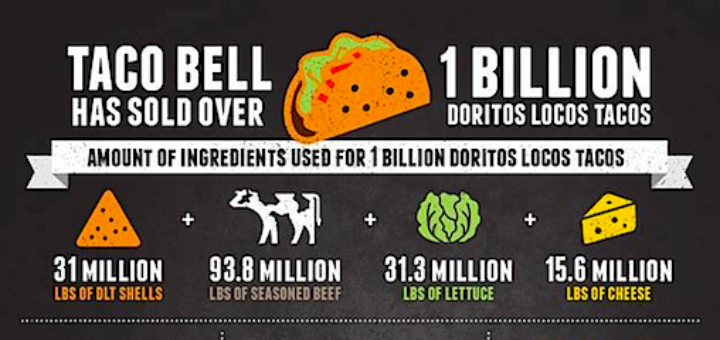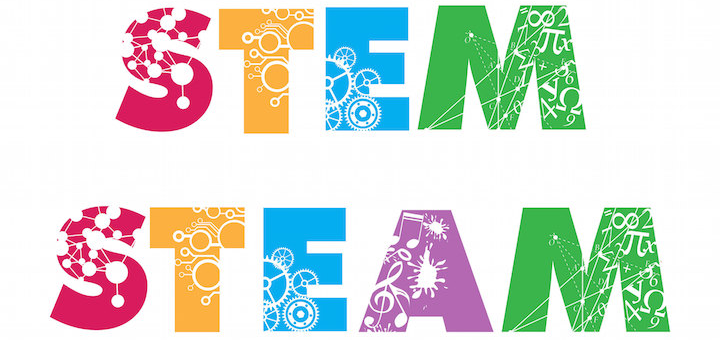Teaching and learning in grades 4-8
Increasingly information is being conveyed in visual terms, and the flashy graphics can both clarify and mislead. Media literacy expert Frank Baker has teaching ideas to help students think more deeply about the infographics and visual data flooding our brains.
Anne Jolly has had more inquiries from folk in the middle school arena on whether they should implement a STEM program or a STEAM program. She doesn’t think it’s an “Either-or.” She thinks it’s a “Both” with creativity and critical thinking sharing space.
Showing short video clips to her history students is easy for Sarah Cooper to justify, but with full-length movies she is more cautious about the time investment. Here she shares three films that make the cut: Iron Jawed Angels, Glory, and All the President’s Men.
Baby Boomer teachers are rapidly retiring and being replaced by members of Generation Y or “Millennials” who hold very different beliefs about the workplace and the way principals work with them. Ronald Williamson and Barbara Blackburn share ideas to help them thrive.
Literacy coach Amber Bartlein finds Alan Sitomer’s “Mastering Short-Response Writing” to be “a quick read with practical ideas that can be implemented tomorrow.” His Three C’s System has already helped all of Barlein’s writers, including the ones who struggle most.
Ben Curran offers a future classic on lesson planning as a reflective, deliberate, on-going practice built with precision and thought. Teacher Linda Biondi thinks pre-service teachers, teacher educators and classroom veterans will all benefit from his practical advice.
If a school can agree to have both ELA and content area teachers use the ideas in “Strategic Journeys for Building Logical Reasoning” there is potential for students to achieve more intense thinking rather than surface learning, says reviewer Mary Langer Thompson.
What will you say you did this summer? You have enough time to make a major advancement in some area of your life, writes organizational expert Frank Buck, but you need to plan now. Whether it’s daring adventure or professional growth, here’s how to motivate yourself.
Talk of differentiated instruction in large, diverse classrooms makes many secondary teachers feel defensive. Math educator Michelle Russell is no exception, but because “I know it’s important” she’s set out to find strategies that will better serve all her learners.
How much pre-teaching and context-building should teachers do when they teach novels from other cultural eras? How much is too much in a discovery-based classroom? Amber Chandler’s students helped her find the right balance as they experienced The Outsiders.





































